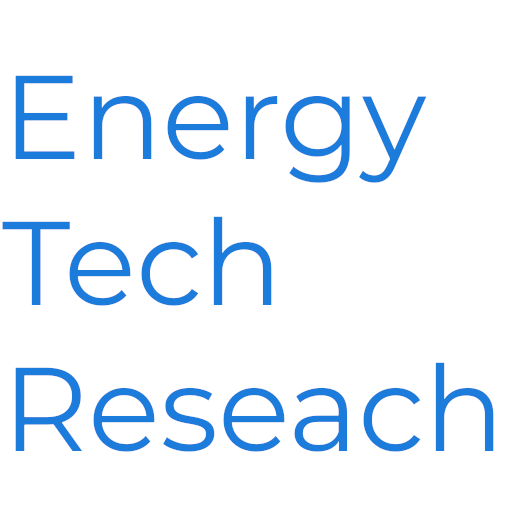
Policy, Regulation, and Markets
Policy, Regulation & ESG Trends in Energy Tech
Energy markets are increasingly shaped by policy incentives, regulatory frameworks, and ESG investment strategies. The Inflation Reduction Act (IRA) and global incentives are driving market shifts by accelerating clean energy deployment, battery manufacturing, and grid modernization. ESG and sustainable investing are pushing corporations toward net-zero commitments, stricter carbon accounting, and responsible supply chain practices. Meanwhile, utility business models are evolving, with new rate structures, performance-based regulations (PBR), and grid decentralization strategies reshaping how energy is generated, stored, and distributed. Understanding these trends is crucial for investors, policymakers, and industry leaders looking to navigate compliance, seize financial incentives, and adapt to an evolving energy landscape.
Insights into global energy policies, regulatory risks, and ESG trends affecting your business
Energy policy and regulation are rapidly evolving, creating both opportunities and risks for businesses, investors, and policymakers. Understanding how incentives, compliance frameworks, and ESG pressures shape the energy sector is critical for staying competitive and future-proofing strategies.
Maximize Financial Incentives & Investment Returns
Policies like the Inflation Reduction Act (IRA) unlocks billions in tax credits, grants, and funding for energy storage, renewables, and manufacturing—knowing how to leverage these incentives can significantly impact investment decisions.
Global markets, including the EU Green Deal and China’s clean energy mandates, are reshaping trade and technology adoption.
Navigate Regulatory Compliance & Policy Shifts
Emerging carbon pricing mechanisms, battery recycling mandates, and performance-based regulations (PBR) are transforming the energy landscape.
Utilities, energy developers, and corporates must adapt to new rate structures, grid modernization policies, and net-zero enforcement.
Capitalize on ESG & Sustainable Investing Trends
Investors are prioritizing ESG-compliant companies, making carbon accounting, supply chain transparency, and sustainability reporting essential for securing funding.
Understanding corporate net-zero strategies and SEC climate disclosure rules is key to mitigating financial and reputational risks.
Gain a Competitive Advantage in Energy Markets
Whether you’re a utility, investor, startup, or policymaker, this research provides actionable intelligence on policy-driven market shifts, regulatory risks, and ESG trends—helping you make informed decisions and stay ahead of industry transformation.
Industry-Specific Case Studies
Energy policy and regulation are rapidly evolving, creating both opportunities and risks for businesses, investors, and policymakers. Understanding how incentives, compliance frameworks, and ESG pressures shape the energy sector is critical for staying competitive and future-proofing strategies.
Case Study: Tesla & IRA Battery Manufacturing Incentives
The Inflation Reduction Act (IRA) provides $369 billion in clean energy and climate investments, including tax credits for domestic battery manufacturing. Tesla and other automakers are reshaping supply chains to qualify for IRA subsidies, reducing dependence on foreign materials.
Key Takeaway: Energy storage companies, automakers, and manufacturers need to align supply chain strategies with IRA requirements to maximize financial incentives.
Case Study: European Union’s CBAM & Energy-Intensive Industries
The EU’s Carbon Border Adjustment Mechanism (CBAM) imposes carbon tariffs on imported goods from countries with weaker emissions regulations. Industries such as steel, aluminum, and battery manufacturing face new cost structures when exporting to the EU. Companies like Northvolt are adapting by using low-carbon energy in production to avoid penalties.
Key Takeaway: Energy companies must integrate carbon accounting and supply chain decarbonization strategies to remain competitive in international markets.
Case Study: Hawaii’s Transition to 100% Renewables
Hawaii became the first U.S. state to mandate performance-based regulation (PBR) for utilities, linking profits to grid resilience, renewable integration, and consumer benefits rather than capital expenditures. Hawaiian Electric is shifting toward demand response programs, energy storage incentives, and microgrid deployment to align with PBR goals.
Key Takeaway: Utilities must adapt business models to performance-based metrics, prioritizing grid flexibility, energy storage, and consumer engagement over traditional infrastructure investments.